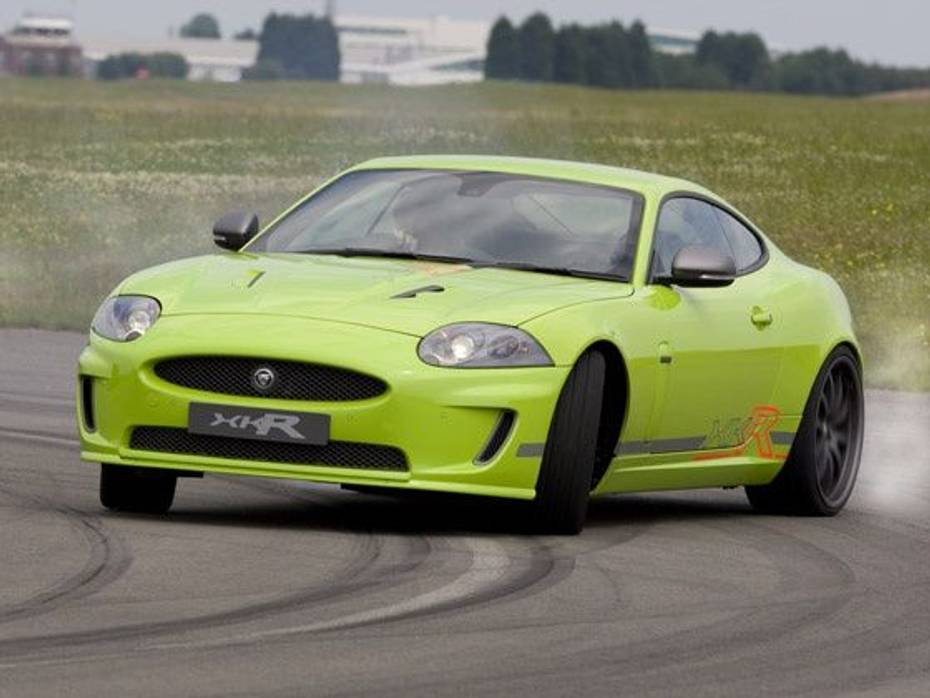
Mahindra BE 6 Launched: Price For The Top-spec Variant Is Out!
- Jan 7, 2025
- Views : 5376


Oversteer takes place when the car turns more than the driver intended to causing the rear wheels to slide and the car to spin. Oversteer is more common on rear wheel drive cars. Oversteer happens when a car enters a corner too fast or accelerating too hard in a corner or braking into a corner/braking too hard in a corner or lifting off the throttle while in the corner. Because the drive is coming from the rear wheels the power is still being put down on the road while the driver can steer the car to the desired level but this can cause the rear wheels to lose traction as the car is turning too much. In this case, to an observer it will look like the driver is turning the car more than needed while taking the corner. Oversteer is caused due to different reasons in cars with different types of engine layout.
Front engine rear wheel drive cars
Cars that have the engine located in the front have more weight on the front wheels increasing traction on them. While the rear wheels which transfer the power of the car onto the road have less traction in relation to the front wheels. As a result the rear wheels lose traction when too much acceleration is induced. This causes the car to turn more than intended and can end up in a spin. In case of braking in a corner the weight shifts to the front wheels which results in less traction on the rear wheels, which again can cause the car to turn too much or spin.
Rear engine rear wheel drive
Cars that have the engine over the rear axle which transfers the power to the rear wheels of the car can oversteer because the rear wheels are transferring the power onto the road and they also have more traction due to the weight of the engine on them. This is good, except that there is less weight on the front wheels which means they have less traction. As a result, the front wheels lose grip while going too fast around a corner causing the car to spin off course.
The symptoms of oversteer are as follows
• The rear wheels lose traction and the back of the vehicle feels light due to the lack of grip.
• The car starts to spin causing the driver to face the inside of the corner.
There are two types of factors which cause understeer in a car
Passive factors at work (the natural properties of the car)
• Weight distribution (front or rear bias)
• Engine and drive layout
• Suspension & chassis setup
• Tyre type, wear and pressures

Passive factors also play a big role in determining the limit at which a car will oversteer. A lot of research and development is done for a car so that the tendency of a car to oversteer is reduced.
Active factors involved (the way the car is being driven)
• Cornering speed
• Throttle
• Braking
• Steering inputs
• Weight transfer
Correcting oversteer
If the car enters the corner too fast the best way to correct over steer is to gently reduce throttle and if needed very lightly touch the brakes. This will reduce the speed of the vehicle smoothly and the car can come out of the corner in a composed manner. Also it will not result in a sudden weight transfer between the front and rear axles of the car, thereby helping the car to remain composed. Or the driver can balance the throttle and adjust the steering input consistently to drift the car out of a corner, a move only experienced drivers can pull off.
If the car is oversteering turn the steering wheel in the opposite direction to which the car is turning, thus an attempt can be made to keeping the car pointed in the direction in which it is supposed to go. This move is known as the opposite lock. The braking and throttle input have to be balanced too in order to pull off the move.
The best way to avoid oversteer is to enter a corner at a speed which the vehicle can carry, thus making it a safe drive around a corner. As the driver does not have to change the throttle input also the driver does not have to brake while taking the corner and the car will go around the corner in a normal manner.

Mahindra BE 6 Launched: Price For The Top-spec Variant Is Out!

JSW MG Motor India Revealed Their New SUV, The MG Majestor At Auto...

Auto Expo 2025: Tata Sierra ICE Concept Breaks Cover, All Details...

VinFast VF3 vs MG Comet EV: A Detailed Comparison Of The Two Cute And...

Budget 2025: More Fuel For Your Auto Dreams?

Here’s A List Of All Cars That Will Be Coming To The Auto Expo...

The Story Of Tata Sierra: An Icon India Missed And Now Eagerly Awaits

2025 Tata Nexon Introduced With 3 New Variants And 2 New Colours

Vayve Eva Vs VinFast VF3: Specifications, Powertrain, And Features...
India's largest automotive community
 Rolls Royce Ghost Series II
Rs. 10.19 Crore
Rolls Royce Ghost Series II
Rs. 10.19 Crore
 Kia Syros
Rs. 8.99 Lakh
Kia Syros
Rs. 8.99 Lakh
 Vayve Mobility Eva
Rs. 3.25 Lakh
Vayve Mobility Eva
Rs. 3.25 Lakh
 BMW X3
Rs. 75.80 Lakh
BMW X3
Rs. 75.80 Lakh
 Hyundai Creta Electric
Rs. 17.99 Lakh
Hyundai Creta Electric
Rs. 17.99 Lakh